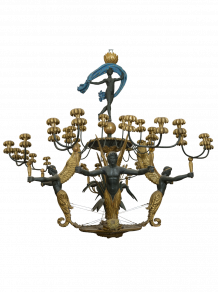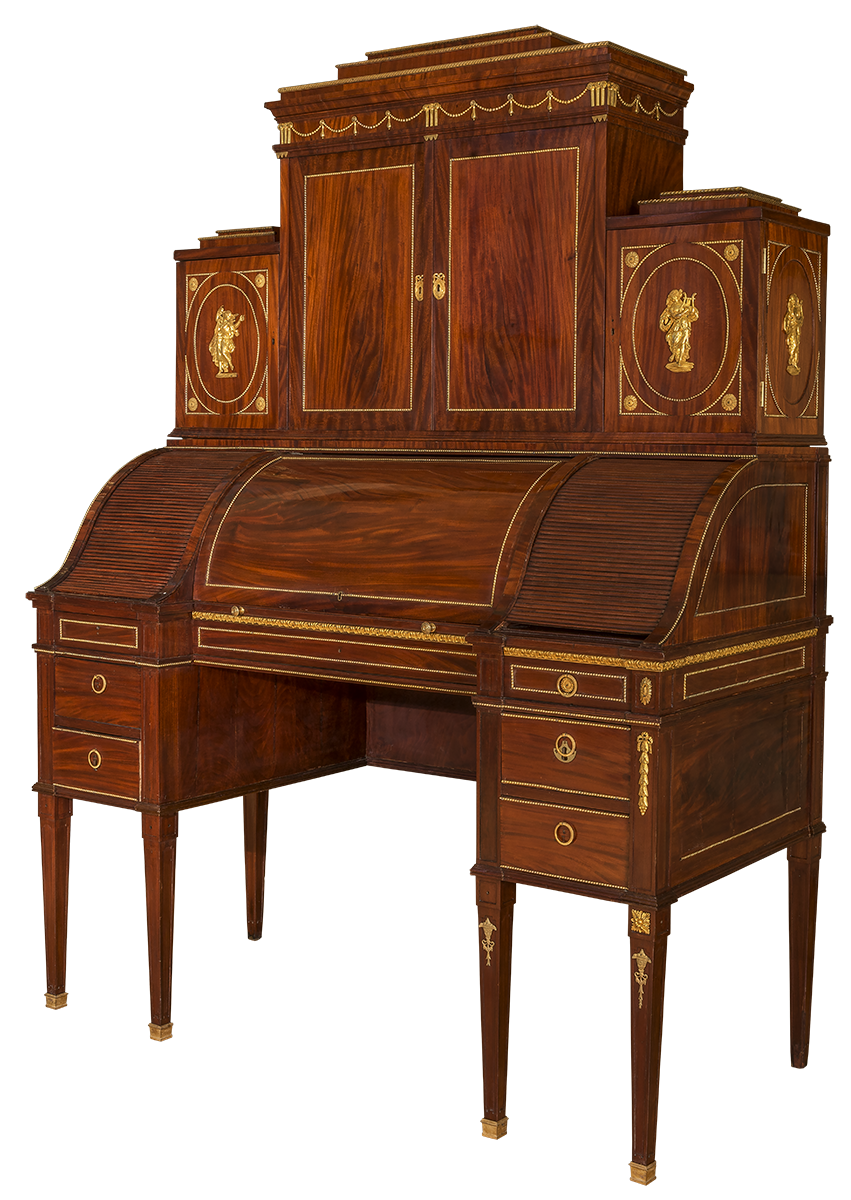Daily of the Nobility in the first quarter of the 19th century









Until 1861 the Nobility enjoyed various privileges, the most important of which was the right to own serfs. Welfare of the landowner was measured not by the size of the land belonging to him, but rather by the number of peasant souls he/she owned. The landowners were divided into several groups: small-scale (up to 100 serfs), medium-size, who counted number of souls by hundreds, and large (over 1000 souls). Landless nobles were also a part of the Nobility. A nobleman who was not engaged in military or state service had to attend to matters at an estate. He/she was the representative of the Supreme powers; was responsible for receipt of taxes, recruiting duty and preservation of public order.
The exceptional privileges provided nobility with feelings of exclusiveness and responsibility. Despite all the "vices and weaknesses", this class was focused on leadership in political and social spheres; cultivation of responsibility for prosperity of the Fatherland; upbringing of enlightened and virtuous citizens.
Objects of interiors of the houses of the Nobles of the first quarter of the XIX century: "the dance hall"; "the study", "the living room", "the dining room", etc. – reflect cultural and social role of the nobility and features of everyday life; give an idea of the aesthetics of the era, about relationships inside the Society and norms of behaviour.











































